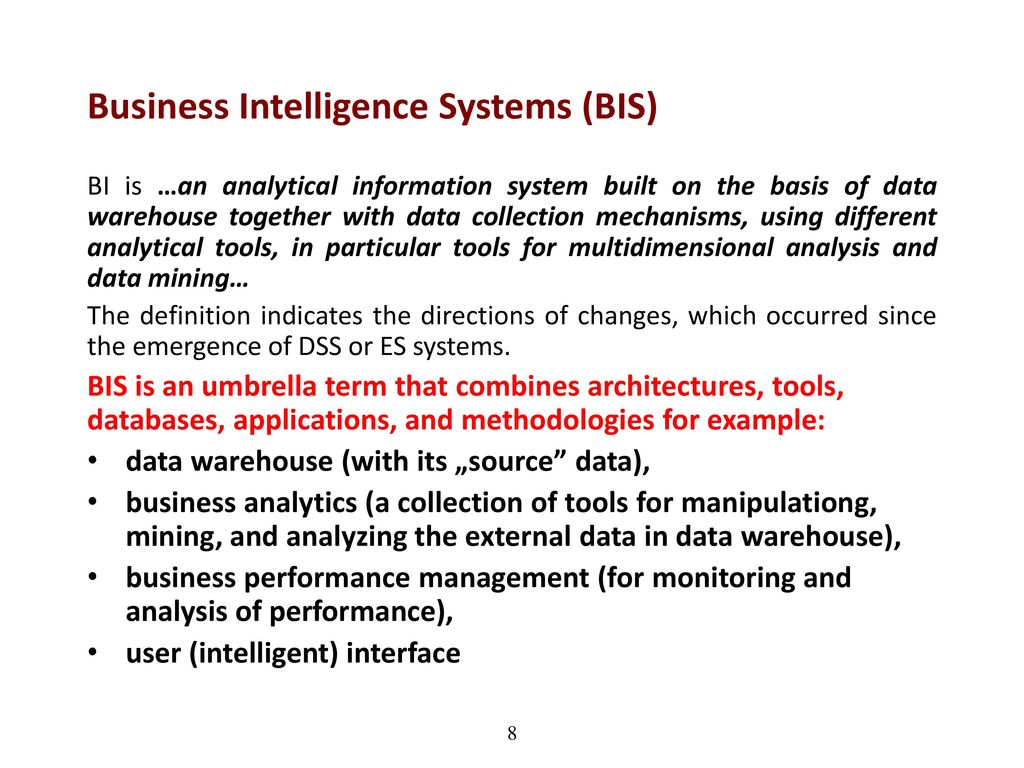How to Get Paid after a Car Accident
Been in a car accident? Feeling lost and confused about how to get compensated? Well, you’re not alone. Many people find themselves in this situation, unsure of where to turn or what to do. But don’t worry, we’ve got you covered. In this article, we’ll walk you through everything you need to know about getting paid after a car accident.
1. File a Claim with the Insurance Company
The most common way to get paid after a car accident is to file a claim with the insurance company of the at-fault driver. This is the person who caused the accident. To file a claim, you’ll need to provide the insurance company with information about the accident, including the date, time, location, and a description of what happened. You’ll also need to provide your contact information and policy number.
Once you’ve filed a claim, the insurance company will investigate the accident and determine who is at fault. If they find that the other driver was at fault, they will pay for your damages, up to the limits of their policy.
There are a few things you can do to increase your chances of getting a fair settlement from the insurance company. First, be sure to document everything related to the accident, including the police report, medical records, and photos of the damage to your car. Second, be prepared to negotiate with the insurance company. Don’t be afraid to ask for what you deserve.
If you’re not satisfied with the settlement offer from the insurance company, you can hire an attorney to represent you. An attorney can help you negotiate a fair settlement or even file a lawsuit against the at-fault driver.
How Do You Get Paid After a Car Accident?
When you’re involved in a car accident, the aftermath can be overwhelming. One of the most pressing questions on your mind is likely: "How do I get paid?" Understanding the process can help ease your concerns and ensure you receive fair compensation for your injuries and damages.
1. Filing an Insurance Claim
The first step in getting paid is to file an insurance claim. You can file a claim with your own insurance company or the other driver’s insurance company. If you file a claim with your own insurance company, they will investigate the accident and determine whether you are entitled to benefits under your policy. If you file a claim with the other driver’s insurance company, they will investigate and determine whether their policyholder is liable for your injuries and damages.
2. Gathering Evidence
To support your claim, you’ll need to gather evidence of your injuries and damages. This may include medical records, repair estimates, and photographs of the accident scene. The more evidence you can provide, the stronger your claim will be.
After you’ve gathered your evidence, you’ll need to submit it to the insurance company. You can do this by mail, fax, or email. Be sure to keep copies of all the evidence you submit.
The insurance company will review your claim and evidence and determine how much you are owed. They may offer you a settlement, which is a lump sum payment that compensates you for your injuries and damages. You can accept the settlement or negotiate for a higher amount.
If you’re unable to reach an agreement with the insurance company, you may need to file a lawsuit. This is a more formal process that can take longer to resolve, but it may be necessary to get the compensation you deserve.
Getting paid after a car accident can be a complex process, but it’s important to understand your rights and options. By following these steps, you can increase your chances of getting the compensation you deserve.
How Do You Get Paid After a Car Accident?
We’ve all been there. The dreaded day you find yourself crumpled up in a metal cage after being on the receiving end of a car accident. The adrenaline is still pumping as you try to comprehend what just happened. Your body is throbbing, and your mind is racing. One question that is likely top of mind is, “How am I going to get paid for this?” The answer to that question depends on a number of factors. Let’s dive in.
Negotiating with the Insurance Company
Get ready to put on your negotiation hat because you’ll need it when you’re dealing with the insurance company. They will undoubtedly try to lowball you, so it’s essential to be prepared to stand your ground. Don’t be afraid to ask for more than you think you deserve, because they will likely come back with a counteroffer. The key is to be reasonable with your demands and be willing to compromise. If you’re not comfortable negotiating on your own, don’t hesitate to hire an attorney who can represent you and fight for your best interests.
Filing a Lawsuit
If you’re unable to reach a fair settlement with the insurance company, you may have no choice but to file a lawsuit. This is a more adversarial process, so it’s important to weigh the pros and cons carefully before taking this step. If you decide to move forward with a lawsuit, expect it to be a long and arduous process. However, if you have a strong case, it may be the only way to get the compensation you deserve.
Other Options for Getting Paid
In some cases, you may be able to get paid without going through the insurance company or filing a lawsuit. For example, if the other driver was uninsured or underinsured, you may be able to file a claim with your own insurance company. You may also be able to get compensation from the government if you were hit by a government vehicle.
No matter how you choose to get paid, it’s important to remember that you have rights. Don’t let the insurance company or the other driver bully you into accepting a settlement that doesn’t cover your expenses. Stand up for yourself and make sure you get the compensation you deserve.
How Do You Get Paid After a Car Accident?
Getting paid after a car accident can be a complex process, but it is important to know how to get the compensation you deserve. Here are the typical steps involved:
1. Contact Insurance Companies
After an accident, you should contact your insurance company and the insurance company of the other driver involved. You will need to provide them with information about the accident, including the date, time, location, and a description of what happened.
2. File a Claim
Once you have contacted the insurance companies, you will need to file a claim. This will involve providing documentation of your injuries, medical expenses, and lost wages. You may also need to provide a police report or other evidence to support your claim.
3. Negotiate a Settlement
Once your claim has been filed, you will likely begin negotiating a settlement with the insurance company. This is a process of back-and-forth communication where you and the insurance company try to reach an agreement on the amount of compensation you will receive.
4. File a Lawsuit
If you cannot reach a settlement with the insurance company, you may need to file a lawsuit. This is a more adversarial process than negotiation, and it can take longer to resolve. However, it may be necessary if you cannot reach a fair settlement with the insurance company.
5. Trial
If you file a lawsuit, the case will eventually go to trial. At trial, you will have the opportunity to present your evidence and argue your case to a jury. If you win, the jury will award you damages, which can include compensation for your injuries, medical expenses, lost wages, and pain and suffering.
How Do You Get Paid After a Car Accident?
After a car accident, dealing with the aftermath can be overwhelming. Besides recovering from physical injuries, you might also be wondering how you’re going to pay for the medical bills and other expenses. Here’s a comprehensive guide to the different ways you can get paid after a car accident.
2. Filing a Third-Party Claim
If the other driver was at fault, you can file a claim with their insurance company. They may offer you a settlement to cover your medical expenses, lost wages, and other damages. If you don’t accept their offer, you could hire an attorney to represent you and negotiate on your behalf.
3. Using Your Own Insurance
If the other driver doesn’t have insurance or if you’re partially at fault for the accident, you may be able to file a claim with your own insurance company. Depending on your coverage, your insurance can cover medical expenses, lost wages, and property damage.
4. Getting a Personal Injury Protection (PIP) Payment
PIP insurance is a type of coverage that pays for medical expenses and lost wages regardless of who caused the accident. If you have PIP coverage, you can file a claim with your own insurance company to get reimbursed for your expenses. PIP coverage varies from state to state, so check with your insurance provider to see if you have it.
5. Suing the At-Fault Driver
If you can’t reach a settlement with the insurance companies or if you believe your injuries and damages are significant, you may consider filing a lawsuit against the at-fault driver. This is a more complex and costly process, but it could result in a higher settlement or judgment.
Remember, getting paid after a car accident can be a complex process. Documenting your injuries and expenses, communicating with insurance companies, and negotiating settlements can be challenging. Consider consulting with a personal injury attorney to guide you through the process and protect your rights.
How Do You Get Paid After a Car Accident?
You crashed your car, now what? Who’s going to pay for the damages? Even if you’re lucky enough to walk away without a scratch, you’ll still have to deal with the financial fallout of a car accident. Medical bills, car repairs, and lost wages can add up quickly, leaving you wondering how you’re going to make ends meet. Fortunately, there are a few different ways to get paid after a car accident.
1. Filing a Claim with Your Insurance Company
The first step after a car accident is to file a claim with your insurance company. Your insurance company will investigate the accident and determine who is at fault. If you are found to be at fault, your insurance company will pay for the damages to the other driver’s car and any injuries they sustained. If the other driver is found to be at fault, their insurance company will pay for your damages.
2. Filing a Lawsuit
If you are not satisfied with the amount of money your insurance company is offering to pay, you can file a lawsuit against the other driver. A lawsuit is a legal proceeding in which you ask a judge or jury to order the other driver to pay you damages. Filing a lawsuit can be a long and expensive process, but it may be worth it if you have serious injuries or damages.
3. Getting a MedPay Payment
6. Getting a MedPay Payment
If you have MedPay insurance, you may be able to get paid for your medical expenses. MedPay is a type of insurance that covers medical expenses incurred as a result of a car accident, regardless of who is at fault. MedPay benefits are typically paid regardless of the amount of other insurance coverage you have. This can be a helpful way to get some of your medical expenses paid for quickly and easily, without having to go through the hassle of filing a lawsuit. MedPay benefits are typically paid within 30 days of receiving your claim.
4. Getting a Settlement
A settlement is an agreement between you and the other driver’s insurance company to pay you a certain amount of money in exchange for your promise not to sue. Settlements are often used to resolve car accident claims without going to court. Settlements can be a good option if you are not sure if you want to file a lawsuit or if you want to avoid the time and expense of a trial.
5. Getting a Judgment
If you file a lawsuit and win, the judge or jury will issue a judgment ordering the other driver to pay you damages. A judgment is a legally binding order that can be enforced by the court. If the other driver does not pay the judgment, you may be able to take legal action to collect the money, such as by garnishing their wages or seizing their property.




Leave a Reply